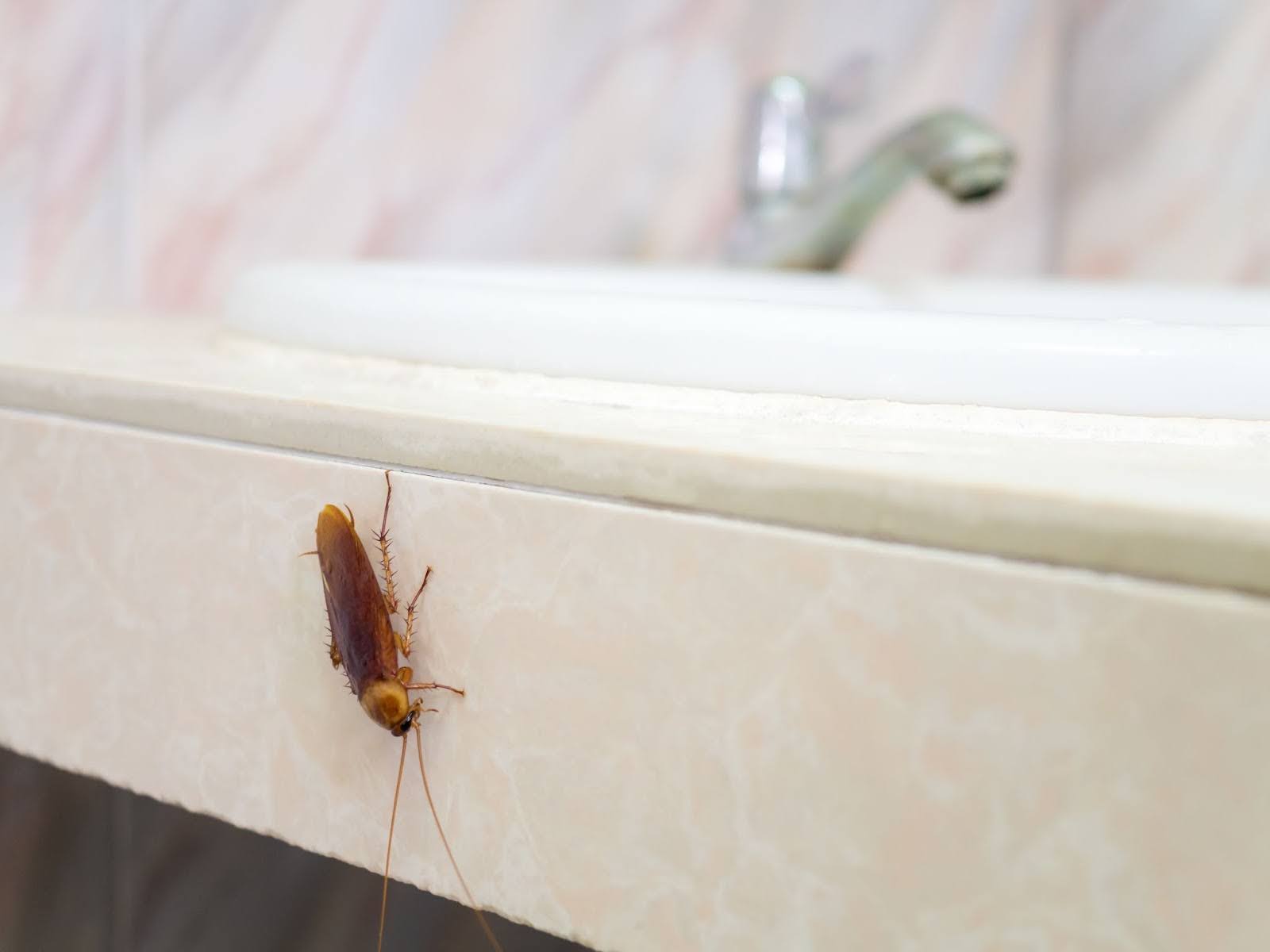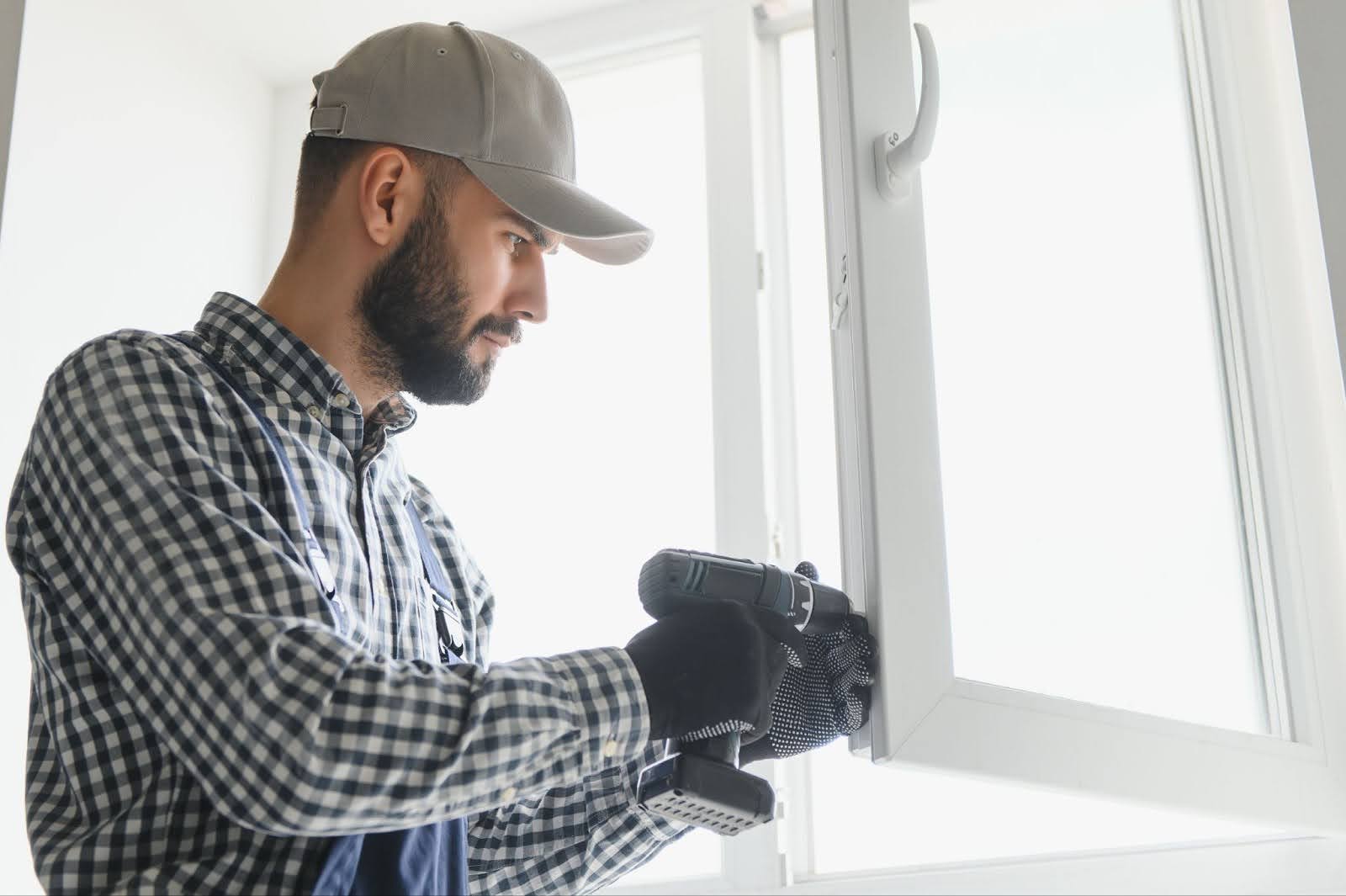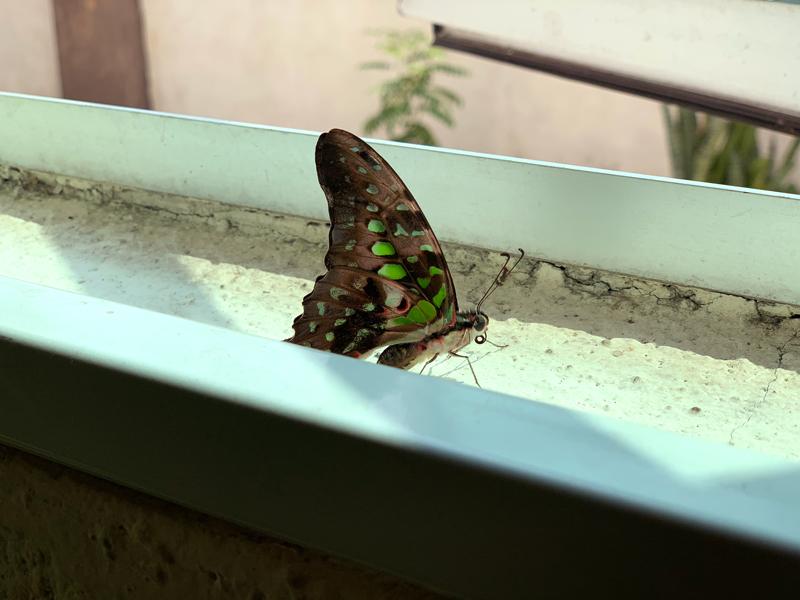As a trusted window and door company in Northern Virginia, Hodges Windows and Doors understands the frustration of bugs coming in through windows during warmer months. From flies to ants, there are plenty of insects around that can disrupt your living space.
In this troubleshooting guide, we'll help you identify and address common vulnerabilities around your windows and doors. Read on to discover practical tips to keep your home bug-free this summer!
How to Find Where Bugs Are Getting In
When it comes to keeping bugs at bay, identifying the weak points around your windows and doors is crucial. Here are some common vulnerabilities to watch out for:
Window Frames
Your window frames are one of the primary entry points for bugs. Over time, gaps, cracks, or worn-out weather stripping can develop, providing easy access for summer insects. To ensure your window frames are secure:
- Inspect for Gaps and Cracks: Carefully examine the perimeter of your window frames for any visible gaps or cracks. Even the smallest opening can be an invitation for bugs!
- Check Weather Stripping: Weather stripping is designed to seal the edges of your windows, but it may wear out over time. Look for any signs of wear and tear, and replace the weather stripping if necessary.
Door Frames
Just like windows, door frames also have vulnerabilities that allow bugs to enter your home. Pay close attention to the following areas:
- Gaps Under the Door: A common issue is a gap between the bottom of the door and the threshold. Use a door sweep or threshold seal to close this gap and prevent bugs from coming in under your door.
- Perimeter of the Frame: Inspect the entire perimeter of your door frame for any gaps or cracks. Ensure that the frame is properly sealed and that there are no spaces for bugs to squeeze through.
- Damaged Seals or Weather Stripping: Similar to windows, the seals and weather stripping around your doors can deteriorate over time. Replace any damaged or worn-out seals to maintain a tight barrier against insects.
Window or Door Screens
Screens are your first line of defense against bugs getting in through windows, but they need to be in good condition to be effective. Here's what to look for:
- Holes and Tears: Inspect your window and door screens for any holes or tears; even small punctures allow bugs to get through. Repair or replace damaged screens as needed.
- Loose Fittings: Be sure that your screens are securely fitted within their frames. Loose or improperly installed screens create gaps that bugs use for entry into your home.
How Bugs Are Getting in Through A Closed Window or Door
You might think that simply closing your windows and doors is enough to keep bugs out, but these persistent pests can find their way in through the tiniest of openings.
Tiny Cracks and Gaps
Insects are incredibly adept at finding even the smallest cracks around your windows and doors. Ants, for example, can squeeze through minuscule openings that are barely visible to the naked eye.
Over time, materials expand and contract with temperature changes, leading to the development of tiny cracks. Regularly inspect the areas around your windows and doors for these micro-cracks and seal them with caulk or other appropriate materials.
Pay extra attention to the joints where different materials meet, such as where the window frame connects to the wall. These joints can sometimes develop gaps that need to be sealed.
Damaged Weather Stripping/Seals
Weather stripping and seals are designed to create a tight barrier against the elements and pests. However, they tend to wear out or become damaged over time, creating entry points for bugs to come in through your windows or doors.
Begin by checking the seals for any signs of wear. If the seals are cracked, brittle, or missing in places, it's time to replace them. You'll want to inspect the weather stripping regularly and replace any damaged sections to maintain a secure seal.
Improperly Installed Units
Even the best windows and doors can fail to keep bugs out if they are not installed correctly! Poor installation will leave unsealed spaces that are perfect for insect entry. If windows and doors are not properly aligned or fitted, they may leave gaps around the edges. Ensure that your windows and doors are installed by professionals who can guarantee a snug fit.
Identifying Harmless vs. Worrisome Bugs in Northern Virginia

Not all bugs are created equal. While some are merely a nuisance, others can pose significant risks to your home and health.
Harmless Bugs
Some bugs (although unpleasant to have around) are generally harmless and don't pose a significant threat to your home, including:
- Ladybugs: These colorful insects are often considered beneficial because they feed on plant pests like aphids. While they sometimes become a nuisance if they enter your home in large numbers, they are not harmful.
- Fruit Flies: Although annoying, house flies are generally harmless. They might be a nuisance due to their buzzing and tendency to land on food, but they don't cause any structural damage or pose serious health risks.
- House Spiders: While many people find spiders unsettling, most species are harmless and can even be beneficial by controlling other insect populations. However, it's important to be aware of your local spider species, as some — like the black widow or brown recluse — are dangerous.
Worrisome Bugs
Certain bugs may cause significant damage to your home or pose health risks, making it essential to address them as soon as possible. Be aware of:
- Termites: These wood-destroying insects cause damage to the structural integrity of your home. Termites feed on wood and can go undetected for long periods, leading to costly repairs. If you suspect a termite infestation, it's important to contact a pest control professional immediately!
- Carpenter Ants: Similar to termites, carpenter ants can cause significant damage to wooden structures. While they don't eat wood, these insects will instead excavate it to create their nests. Signs of carpenter ants include sawdust-like material near wooden structures and rustling sounds within walls.
- Cockroaches: These pests are not only unpleasant but also create serious health hazards. Cockroaches will contaminate food and surfaces with bacteria, potentially leading to food poisoning or other illnesses. If you notice cockroaches in your home, you must take immediate action to eliminate them and prevent future infestations.
DIY Solutions to Keep Bugs Out
Keeping bugs out of your home doesn't always require professional intervention. With a few simple DIY solutions, you can effectively seal entry points and stop bugs from getting in through windows during the summer season.
Sealing Gaps with Caulk
One of the most effective ways to prevent bugs from entering your home is by sealing gaps around your window and door frames. Use a silicone-based caulk (which is durable and flexible) to fill in any gaps where air or light is visible. Start by cleaning the area to remove any dirt or debris, then apply the caulk smoothly along the gaps; this will create a tight seal that blocks insects from finding their way inside.
Replacing Weather Stripping
Weather stripping around windows and doors can wear out over time, creating gaps that allow bugs to enter. To replace old or damaged weather stripping, first remove the existing strips. Clean the surface to ensure proper adhesion, then install new adhesive-backed foam strips. These strips are easy to apply, providing a tight seal that keeps both bugs and window drafts out.
Repairing/Replacing Screens
Inspect your screens regularly for any holes or tears. For minor damage, you could use a screen repair kit to patch the holes. If the screens are severely damaged, it's best to replace them entirely. Measure the frame, purchase a new screen, and follow the installation instructions for a snug fit.
Installing Door Sweeps
Installing door sweeps is a simple and effective solution. Door sweeps are strips of rubber or bristles that attach to the bottom of your door, closing the gap between the door and the threshold. Measure the width of your door, cut the sweep to size if necessary, and attach it to the bottom of the door using screws or adhesive. This will create a barrier that prevents insects from crawling inside.
When to Call a Professional

While DIY solutions can be effective for minor issues, there are times when professional intervention is necessary to protect your home.
Signs of Termites, Carpenter Ants, or Other Wood-Destroying Insects
If you notice signs of wood-destroying insects, you'll need to call an exterminator immediately. These pests can cause significant structural damage to your home if left untreated.
Termites, for example, will leave behind mud tubes on exterior walls as well as discarded wings. You may also notice hollow-sounding wood if a termite colony is present.
If carpenter ants enter your home, you'll observe sawdust-like material near wooden structures, rustling sounds within walls, and large black or red ants.
Professional exterminators have the expertise to identify and eliminate these pests effectively, preventing further damage to your home.
Persistent Infestations or Recurring Issues
If you've tried DIY sealing but still experience infestations, it may be time to call a professional pest control service. Professionals will conduct a thorough inspection to identify hidden entry points and nesting areas that you might have missed. They can also provide more effective treatments than over-the-counter solutions, ensuring long-term pest control.
Consider Replacing Windows and Doors
Sometimes, sealing gaps and replacing weather stripping isn't enough — especially if your windows and doors are old and worn out. If sealing fails to resolve the problem, consider replacing your older windows or entry doors. Modern windows and doors are designed with better insulation and sealing technologies, providing a stronger barrier.
Protect Against Bugs with Hodges Windows and Doors!
Don't let pesky insects ruin your summer! Trust the expert team at Hodges to help you better secure your home with high-quality window and door installations. Contact us today for a free quote!


